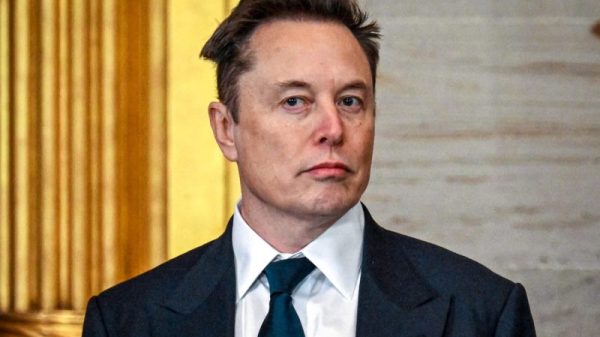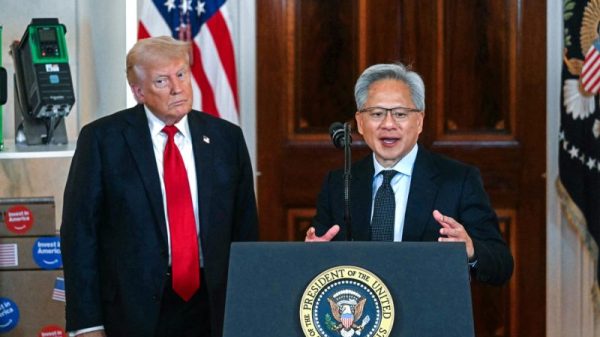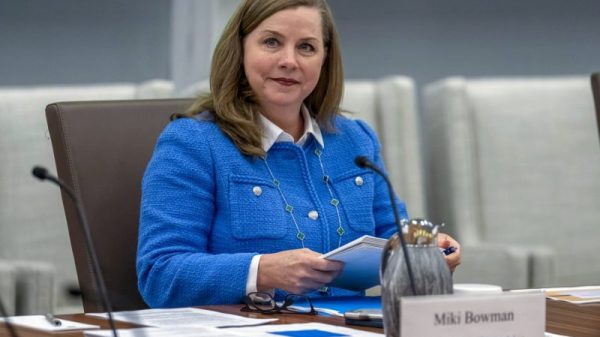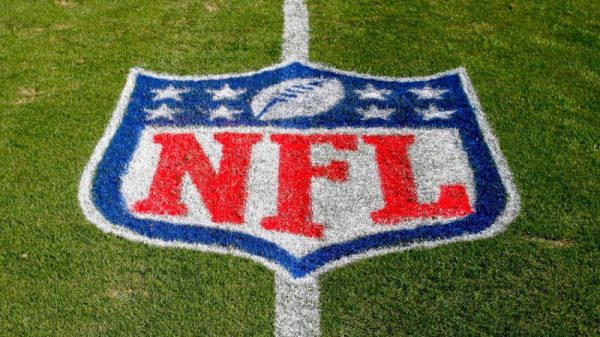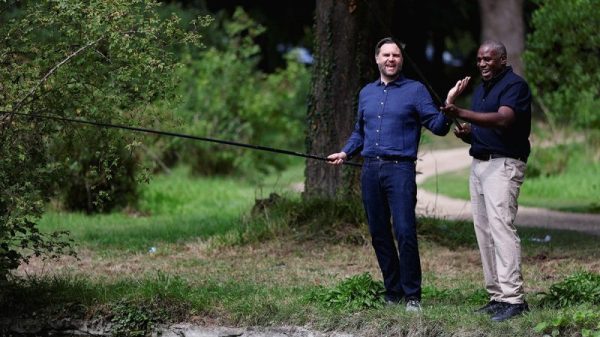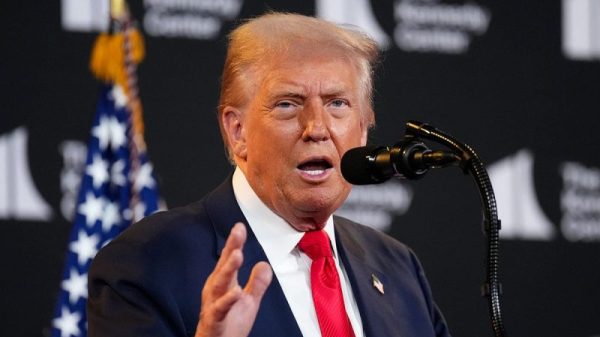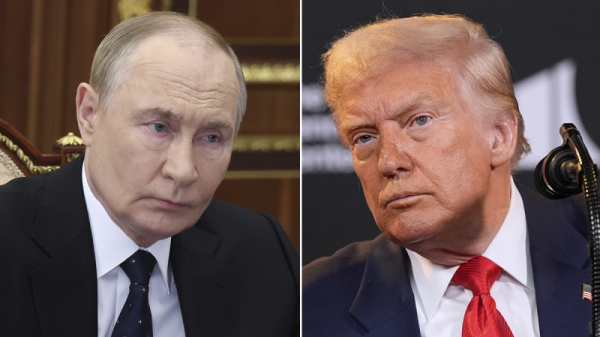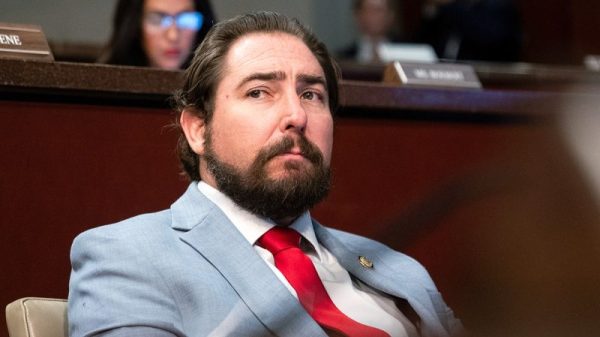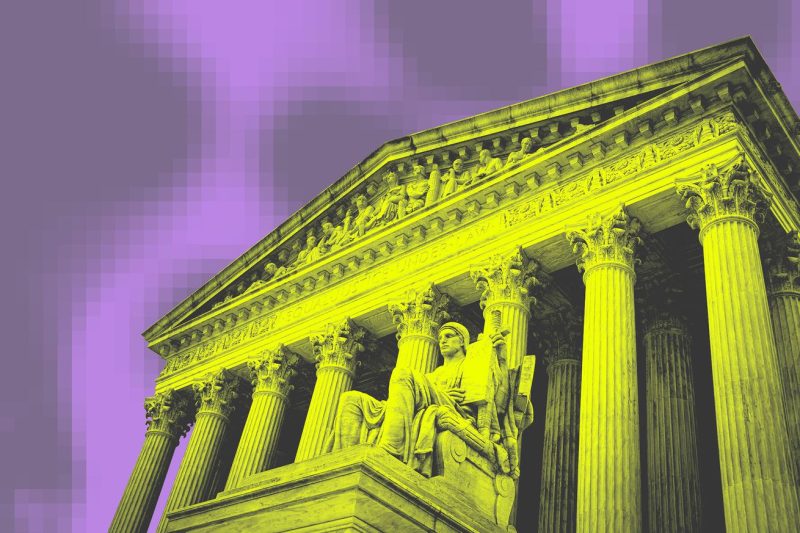In recent years, the issue of internet access and affordability has gained significant attention across the United States. The digital divide, or the gap between those who have access to reliable internet service and those who do not, has far-reaching consequences, particularly for low-income individuals and families. Access to the internet is no longer just a convenience but a necessity, with online learning, telecommuting, and telehealth services becoming increasingly important in everyday life.
One initiative that aims to address this issue is America’s Low-Income Broadband Fund. Established to provide subsidies for broadband service to low-income households, the fund has been instrumental in bridging the digital divide for many underserved communities. However, the future of this critical program hangs in the balance as it faces a legal challenge that has reached the Supreme Court.
The central question at hand is whether the Federal Communications Commission (FCC) has the authority to allocate funds from the Universal Service Fund (USF) to support the Low-Income Broadband Fund. The challengers argue that the FCC overstepped its bounds by diverting money from the USF, which is traditionally used to support telephone services in rural and high-cost areas, to subsidize broadband for low-income households.
Proponents of the Low-Income Broadband Fund argue that internet access is essential for full participation in modern society and that the FCC’s actions were necessary to bridge the digital divide and ensure equitable access to online resources for all Americans. They point to the fund’s success in connecting millions of low-income households to broadband service, allowing them to access educational resources, job opportunities, and telehealth services.
The Supreme Court’s decision in this case will have far-reaching implications for the future of internet access and affordability in the United States. If the court upholds the FCC’s authority to support the Low-Income Broadband Fund, it could pave the way for further initiatives to expand broadband access to underserved communities. On the other hand, if the court rules against the fund, millions of low-income Americans could lose access to affordable broadband service, exacerbating the existing digital divide.
As we await the Supreme Court’s decision, it is crucial to recognize the vital role that internet access plays in today’s society and the importance of ensuring that all Americans have the opportunity to connect to the online world. Bridging the digital divide is not just a matter of convenience but of equity and social justice, and initiatives like America’s Low-Income Broadband Fund are essential steps towards creating a more inclusive and connected society.






